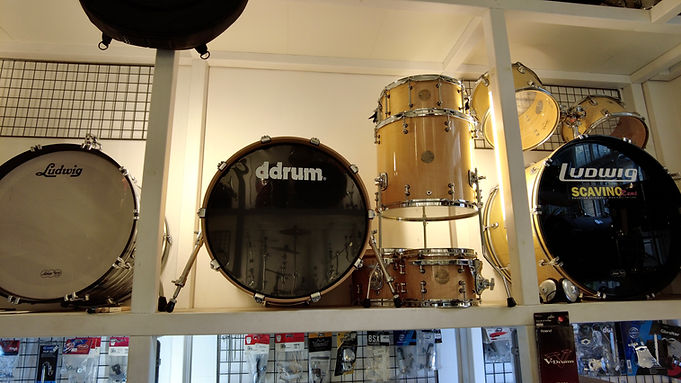Percussion department




The story
Percussion instruments are among the oldest and most widespread in human history, with roots dating back over 10,000 years. The first percussion instruments were probably natural objects, such as stones and logs, used to create rhythms in the rituals and celebrations of ancient civilizations. In many cultures, percussion instruments were considered sacred and used to communicate with the gods or to accompany religious ceremonies.
During ancient times, percussion diversified into a wide range of instruments, from Middle Eastern frame drums to Chinese gongs and drums, to African djembes and Native American hand drums. Each culture developed its own unique techniques and instruments, adapted to available materials and local traditions.
In the Middle Ages and the Renaissance, percussion began to be integrated into Western music, with the introduction of drums, tambourines, and cymbals into orchestras and military bands. During the 18th and 19th centuries, percussion became essential to symphony orchestras, helping to create dramatic effects and add color to musical compositions.
In the 20th century, with the evolution of popular music, jazz and rock, percussion instruments, such as drums, took on a central role, defining the rhythm and style of entire musical genres. Today, percussion continues to be a cornerstone of music, used in a wide range of cultural and musical contexts around the world.
The percussion team













